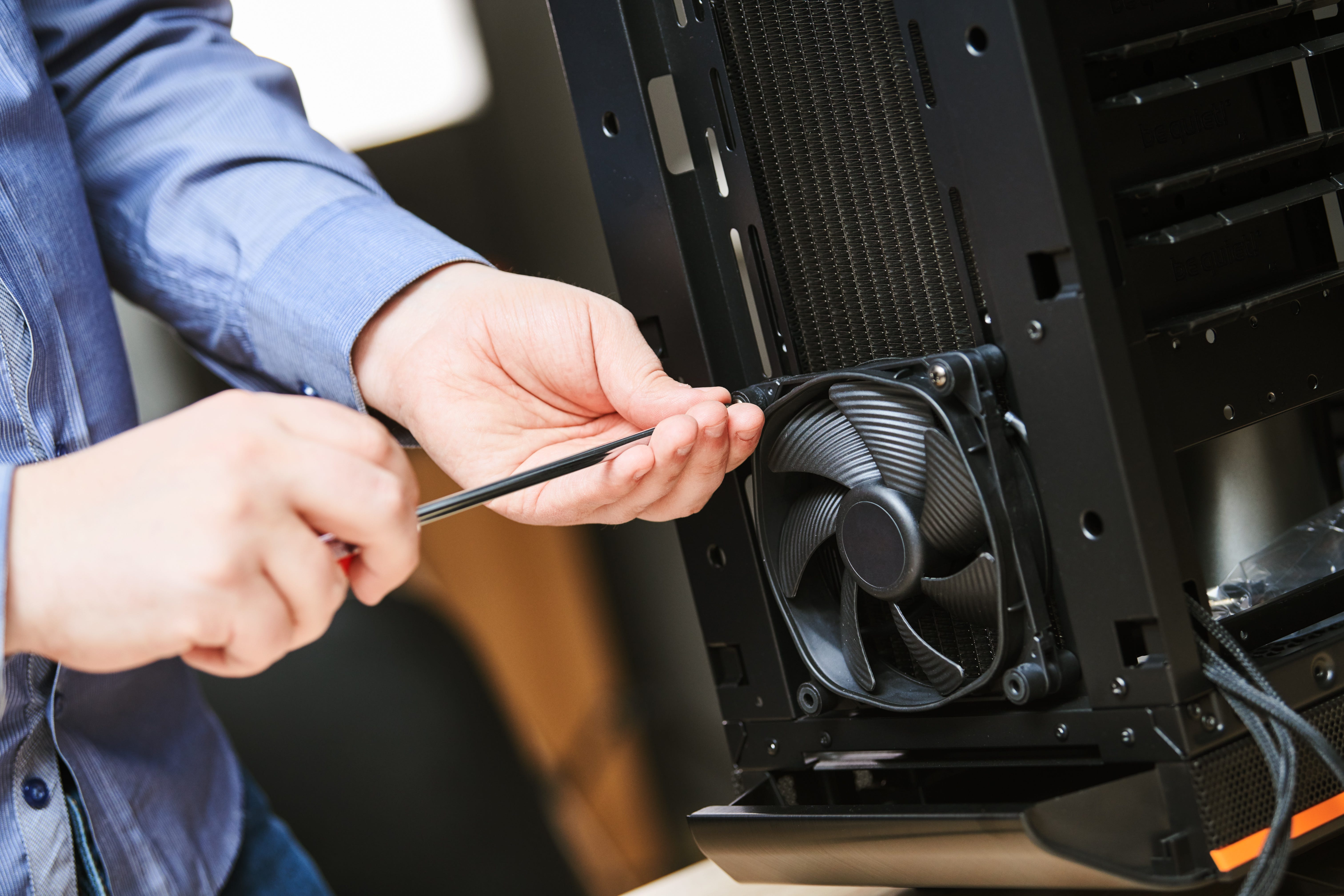
Hifi audio and home theatre systems require a lot of equipment and electronic devices that produce heat, such as amplifiers, receivers, preamplifiers, tuners, projectors, bluray players, and more. Having all of these heat-generating components near each other in a small space can be a problem. Crammed electronics without sufficient venting can create a risk of the components overheating, which can damage your expensive equipment. This is especially a consideration when there isn't space or a path for hot air to release and exchange with cool air, such as in tight shelving or electronics placed near walls.
Overheating is a familiar problem in the world of home entertainment, and is the most common cause of malfunctions in equipment like amplifiers. So, in order to protect your gear and help it last longer without issues, you should try to maintain it at its optimal temperature. The best way to do so is by positioning your components properly, with ample spacing and ventilation. However, most of us like to conceal or consolidate our equipment in small spaces, so your next best option is to use cooling fans.
Cabinet Cooling Fans
If you have a hifi rack or cabinet to contain your equipment, you should definitely invest in a cooling fan. You can get a cooling fan specifically designed for an electronics cabinet, enclosure, or rack. The size and shape you need depends on the size of your cabinet and the available space to install a cooling fan. You can get a simple installation with just one or a few fans, like the AC Infinity Airplate series, or you can opt for a higher-tech rack cooler that can monitor and display temperature, such as the Cloudplate series. These rack coolers have exhaust options on the front, top, and rear, depending on the needs of your rack.
Component Cooling Fans
Alternatively, if you only need to cool a few devices rather than vent a hifi rack, you can use a component cooling fan. As the name implies, these are designed to spot-cool or ventilate singular devices. Component options include flat stackable cooling fans that you can place in between or on top of your components, such as the AC Infinity Aircom series, and singular moveable fans like the Multifan series.
Common Cooling Misconceptions
There are some common misconceptions about cooling and venting electronic devices that many companies try to use to their advantage. Let's debunk these myths so you can be better informed on what cooling devices you really need:
- Specific airflow and CFM requirements
You may see claims about the cubic feet per minute of airflow that is required for a certain device. Almost all consumer devices don't require huge amounts of airflow, and in reality, it's nearly impossible to quantify CFM requirements. There are simply too many variables that affect the airflow that a device needs. The best way to determine if your components need venting is by monitoring the heat being generated in your system, and using cooling devices where heat is accumulating.
- A device's life is cut in half with every 10 degree rise in temperature
Just like the last claim, it isn't possible to determine a specific rule like this to describe how heat impacts electronics. The research to back up claims like this one doesn't exist, and this is likely a ploy to get you to purchase more expensive cooling units. Yes, heat can damage equipment, but your components aren't as sensitive as this misconception implies. In fact, the internal normal operating temperatures of a component are far higher than you'd imagine. Additionally, most devices have built-in thermal protections so a malfunction should only occur when you have a serious heat problem. That being said, you should make sure there isn't excessive heat building up in your system to avoid damaging your equipment in the first place.
- Pretty airflow diagrams
While airflow diagrams may make the principles behind ventilation easier to understand, airflow is much more complicated and unpredictable than diagrams may suggest. Without assisted airflow, heat will tend to accumulate around components until there is a thermal shutdown. Even if a thermal shutdown doesn't occur, excessive heat over time can shorten the lifespan of your devices. So, don't assume that airflow is happening because it's "supposed to".
- Professional cooling fans vs. other fans
There are many products on the market labeled as cooling fans designed to vent your components that are actually just regular fans. The truth is that not all fans are created equal. There are important differences between fans designed to cool a room and fans designed to cool a hifi rack, so be sure you're purchasing a product specifically designed with electronic components in mind.






